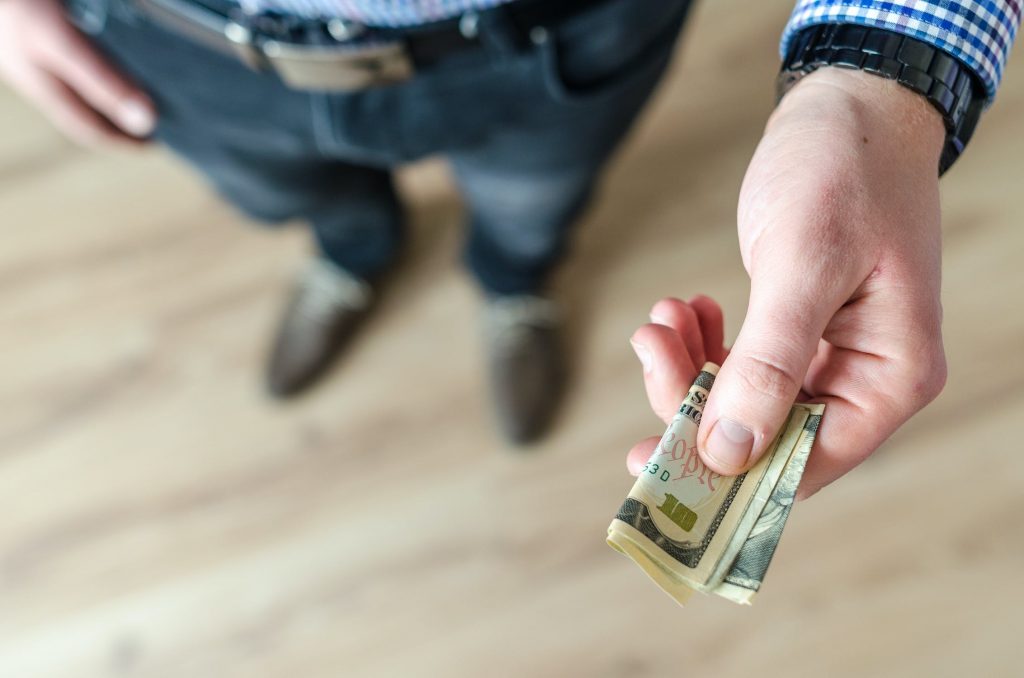|
|
How to Build an Emergency Fund in the Middle of an Emergency

Unexpected financial emergencies can strike anyone at any time. Whether it’s a fender bender, an unforeseen medical expense, or a sudden loss of income, these unplanned events can disrupt our financial stability. That’s why having an emergency fund is crucial—it acts as a financial safety net that helps you bounce back from life’s surprises without derailing your long-term savings goals.
What is an Emergency Fund? An emergency fund is a dedicated pool of money set aside to cover urgent, unexpected costs. It’s your personal financial cushion, designed to be readily available when you need it most. Typically, an emergency fund should:
- Contain between three and six months of living expenses.
- Be liquid, meaning you can access it quickly and without penalties.
Determining Your Emergency Fund Size The size of your emergency fund can vary based on your lifestyle, expenses, and income stability. A general guideline is to save between three to six months’ worth of living expenses. This amount should cover essential costs such as housing, food, insurance, utilities, and ongoing debts.
Automating Your Savings To build your emergency fund, start by analyzing your budget to determine a realistic monthly savings goal. Then, automate your savings by setting up a direct transfer from your paycheck to your emergency fund account. This “set and forget” approach ensures consistent growth of your fund over time.
Maximizing Your Savings Potential Even on a tight budget, there are strategies to enhance your savings:
- Treat your emergency fund contributions like a recurring bill, making it a non-negotiable part of your monthly budget.
- Reallocate funds from reduced expenses, such as commuting or dining out, directly into your emergency fund.
Keeping Emergency Savings Separate It’s essential to maintain a clear distinction between your emergency fund and other savings accounts. Your emergency fund should be reserved solely for significant, unforeseen expenses and not mixed with retirement or discretionary savings.
Replenishing Your Fund Remember, emergencies can happen more than once. If you dip into your emergency fund, prioritize rebuilding it so you’re always prepared for life’s uncertainties.
The Bottom Line Building an emergency fund is a marathon, not a sprint. Start by cutting unnecessary expenses and setting incremental savings targets. Celebrate each milestone and stay committed to your financial security. With patience and discipline, you’ll establish a robust emergency fund that provides peace of mind and a solid foundation for your financial future.
Visit https://www.kwikcashonline.com to learn more!
